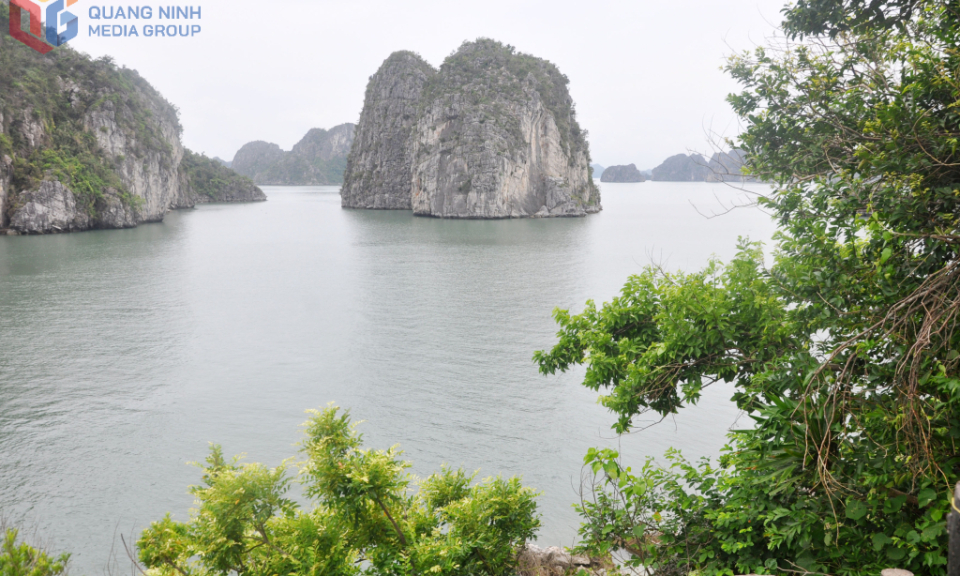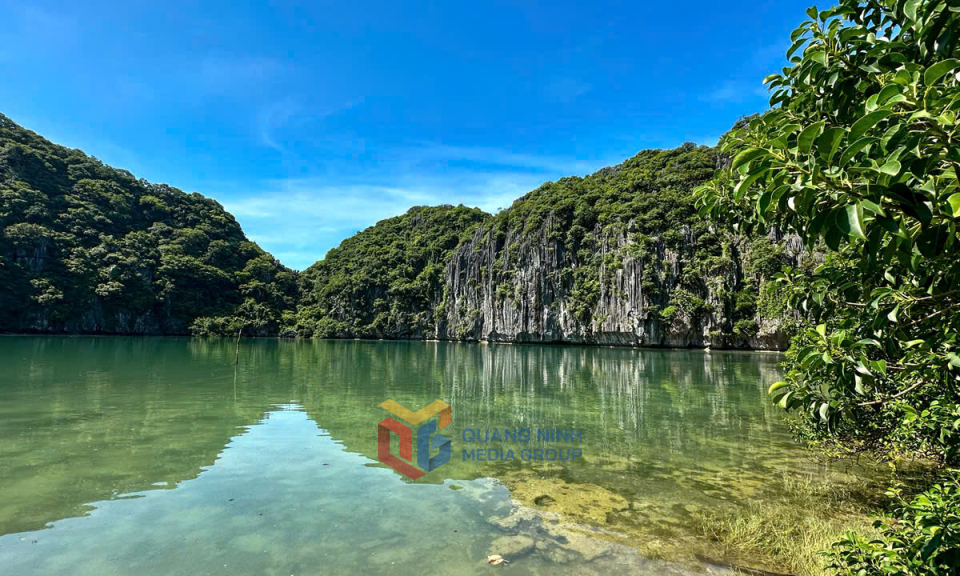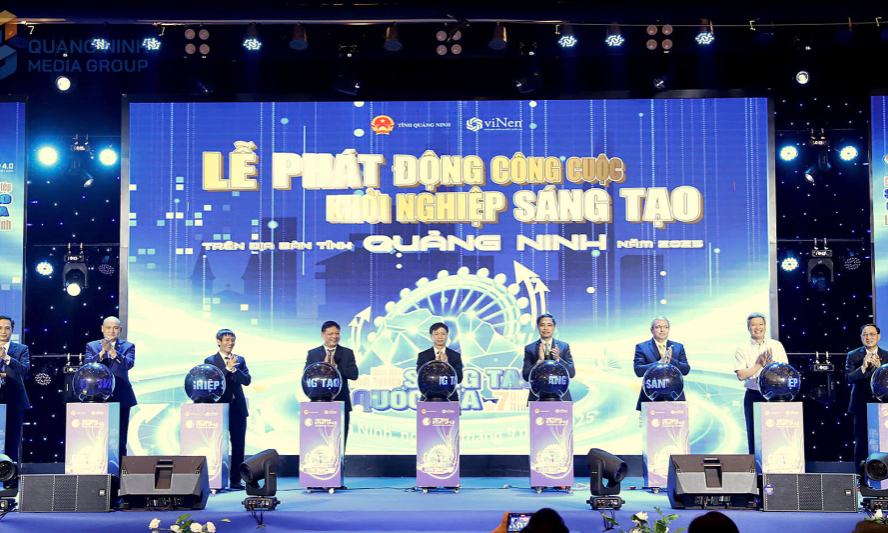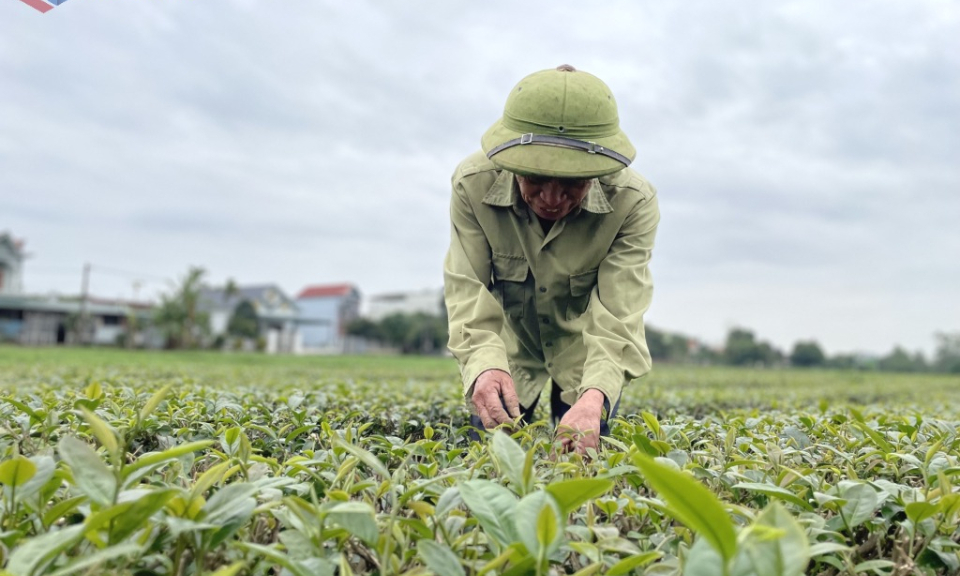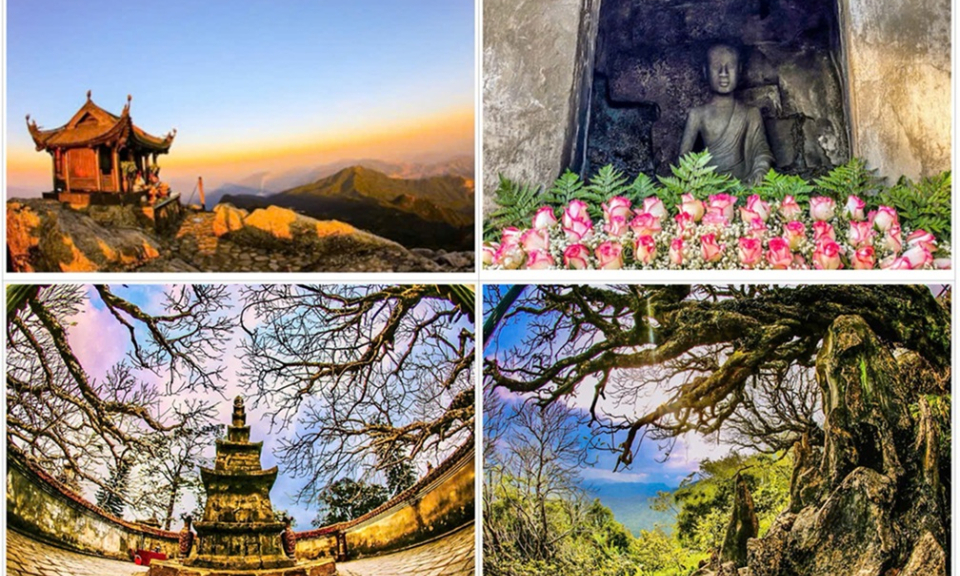Quang Ninh home to 5 heritage sites within the UNESCO World Heritage Complex of Yen Tu - Vinh Nghiem - Con Son, Kiep Bac
The recently designated UNESCO World Cultural Heritage Site of Yen Tu-Vinh Nghiem - Con Son, Kiep Bac Comple spans 12 clusters of monuments and scenic sites across the provinces of Quang Ninh, Bac Ninh, and Hai Phong city. Among them, five notable clusters are located in Quang Ninh, including Thai Mieu, Lan Pagoda, the Hoa Yen Pagoda complex, Ngoa Van Hermitage and Pagoda, and the Yen Giang stake yard.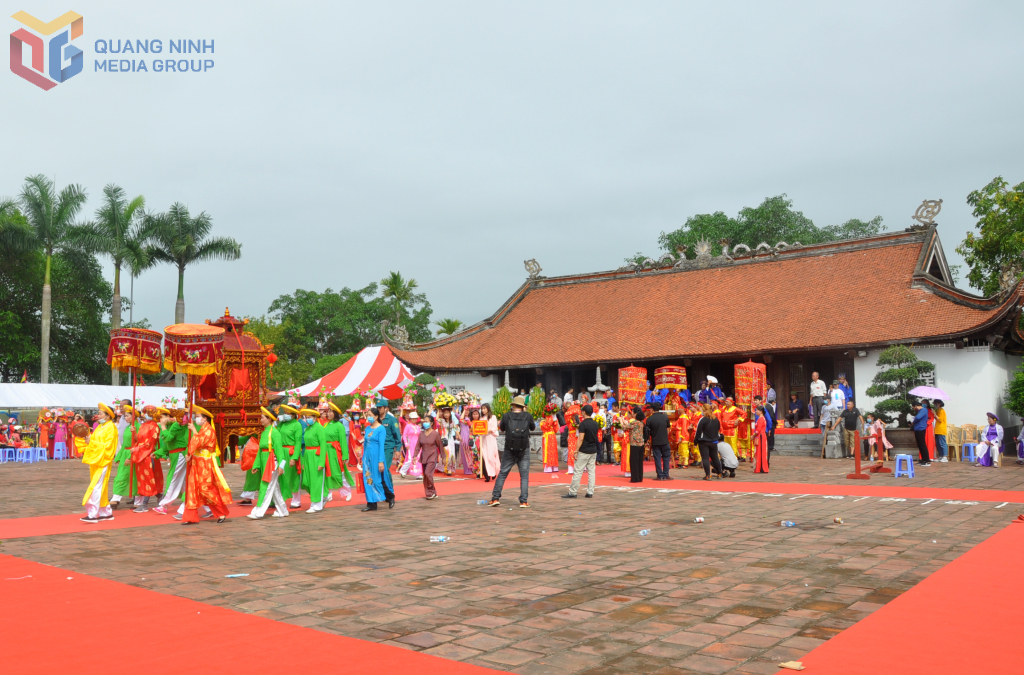
Thai Mieu, part of the Tran royal heritage, marks the birthplace and burial grounds of Tran emperors and royalty. Historical research indicates it began as an ancestral shrine for the Tran family and later evolved into a temple honoring Tran dynasty monarchs. Archaeological excavations in 2009 uncovered two architectural layers, one from the Tran Dynasty (13th-14th centuries) and another from the Nguyen Dynasty (19th–20th centuries). The Tran-era layout, covering over two hectares, featured a unique “Vuong” (King) design comprising interconnected structures.
Significant relics found at the site include stone pedestals, lotus-shaped tiles, brown-glazed ceramics with dragon motifs from the Tran era, Later Le ceramics, and imported Chinese porcelain from the Yuan and Qing dynasties. The most recent reconstruction (2014) sits slightly behind the original but maintains its alignment with the historical axis. The annual Thai Mieu festival, held during the first lunar month, continues to be celebrated by the local community.
Quang Ninh also preserves three key sites tied to the life and spiritual legacy of King-Monk Tran Nhan Tong and the establishment of Truc Lam Zen Buddhism on Yen Tu Mountain: Lan Pagoda, the Hoa Yen complex, and Ngoa Van hermitage and pagoda.
Lan pagoda, built during the Tran Dynasty, is associated with a legendary dream of King Tran Nhan Tong riding a dragon. It later became a major preaching site for the Second and Third Patriarchs of Truc Lam Buddhism, Phap Loa and Huyen Quang.
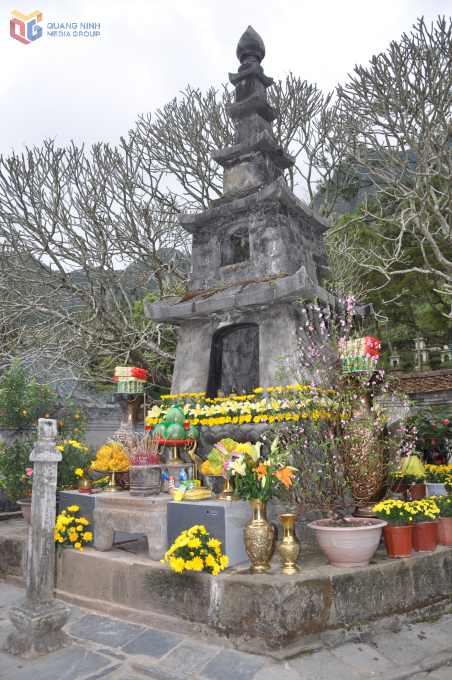
The Hoa Yen Pagoda complex, nestled within Yen Tu National Forest, includes temples, hermitages, stupas, stone inscriptions, statues, and a pilgrimage route. Many structures date back to the Ly Dynasty and have been restored through the centuries. Hoa Yen pagoda itself, located high on a majestic mountain ridge, served as the primary monastery for King-Monk Tran Nhan Tong, where he meditated, attained enlightenment, and taught his disciples.
The Hue Quang Stupa Garden and Pearl Rock enshrine the relics of generations of Zen masters. The Hue Quang Stupa, constructed in 1309 by King Tran Anh Tong and Patriarch Phap Loa, houses the sacred remains of the King-Monk and features a marble statue of him that has been recognized as a National Treasure.
Surrounding temples in the Hoa Yen complex also hold deep spiritual and historical value. Giai Oan Pagoda is linked to the story of imperial concubines who followed the king to Yen Tu and, unable to stop his renunciation of worldly life, tragically took their own lives. Mot Mai Pagoda is where the King-Monk studied and composed scriptures. Van Tieu Pagoda served as his residence and a center for training monks and developing Truc Lam Buddhist literature. Bao Sai Pagoda was led by his disciple Bao Sai, who compiled the King-Monk’s teachings. The Pine Tree Trail has long been a traditional pilgrimage path, shaded by ancient trees believed to be hundreds of years old.
The Ngoa Van Hermitage and Pagoda is revered as the sacred place where King Tran Nhan Tong built a small retreat, spent his final years in meditation, and attained nirvana, recognized today as a spiritual heartland of Truc Lam Buddhism.
Meanwhile, the Yen Giang Stake Yard is part of a broader network of submerged wooden stakes linked to the historic naval victory on the Bach Dang River in 1288. It highlights the role of Truc Lam Buddhism in Vietnamese society and the longstanding Vietnamese tradition of harmonizing with natural elements like land and water. Preserved in its original state, the site reflects both strategic ingenuity and cultural depth.
The associated Bach Dang festival was inscribed on Vietnam’s national intangible cultural heritage list in 2022.

